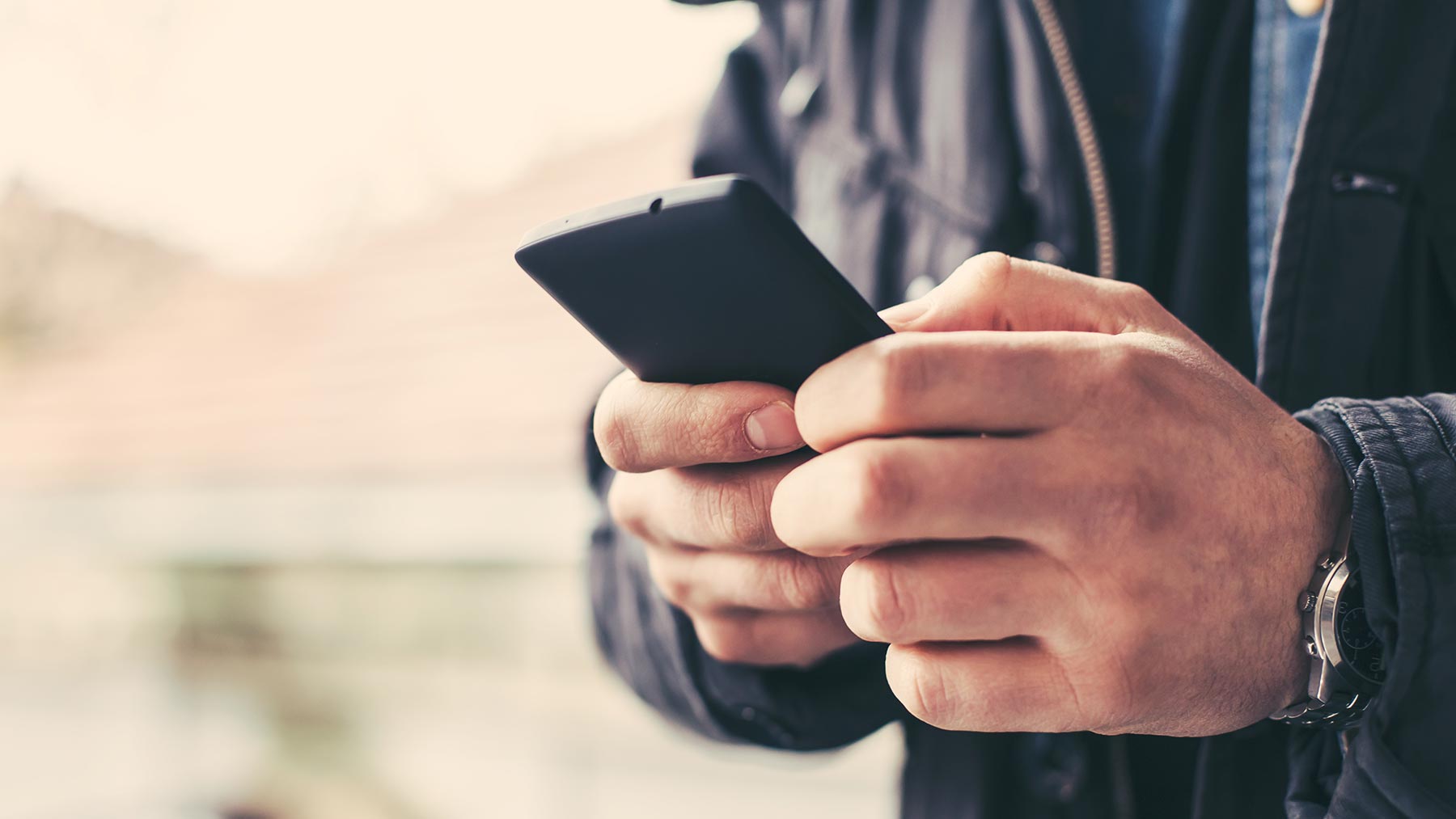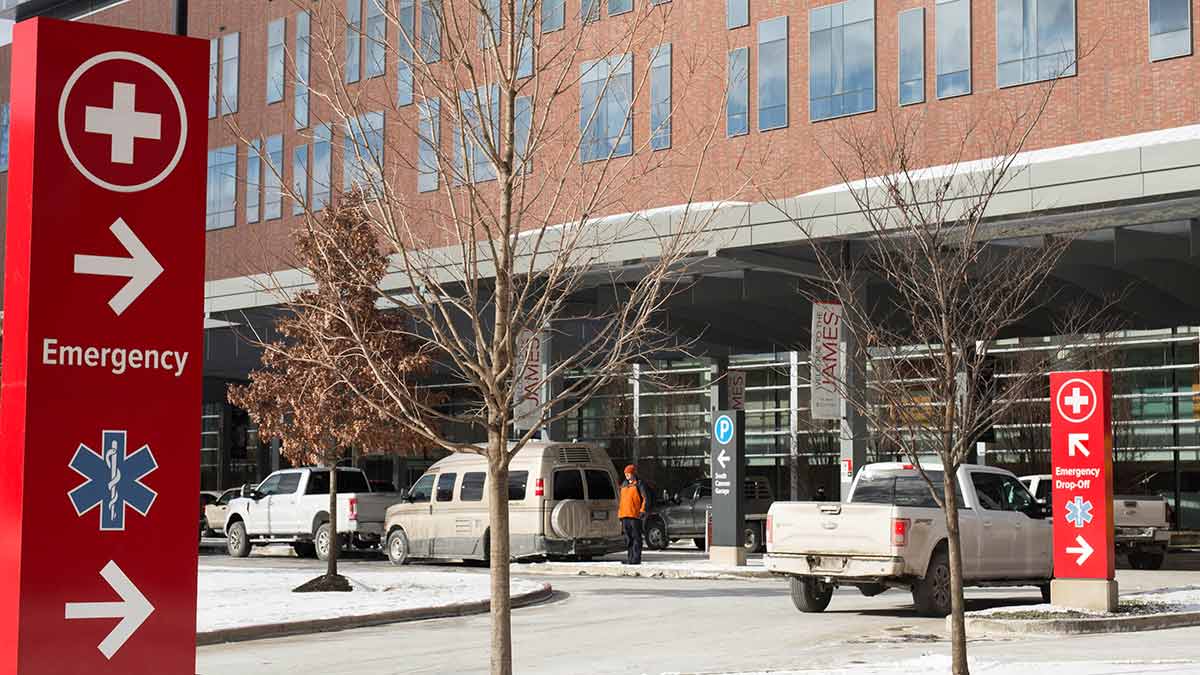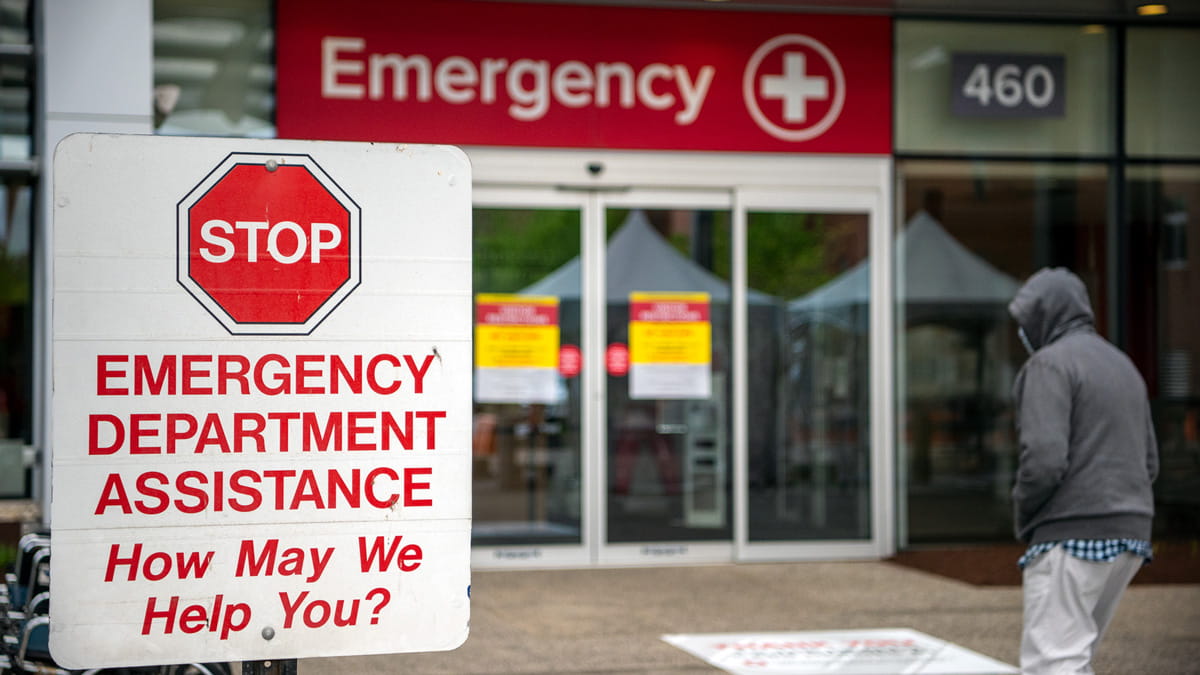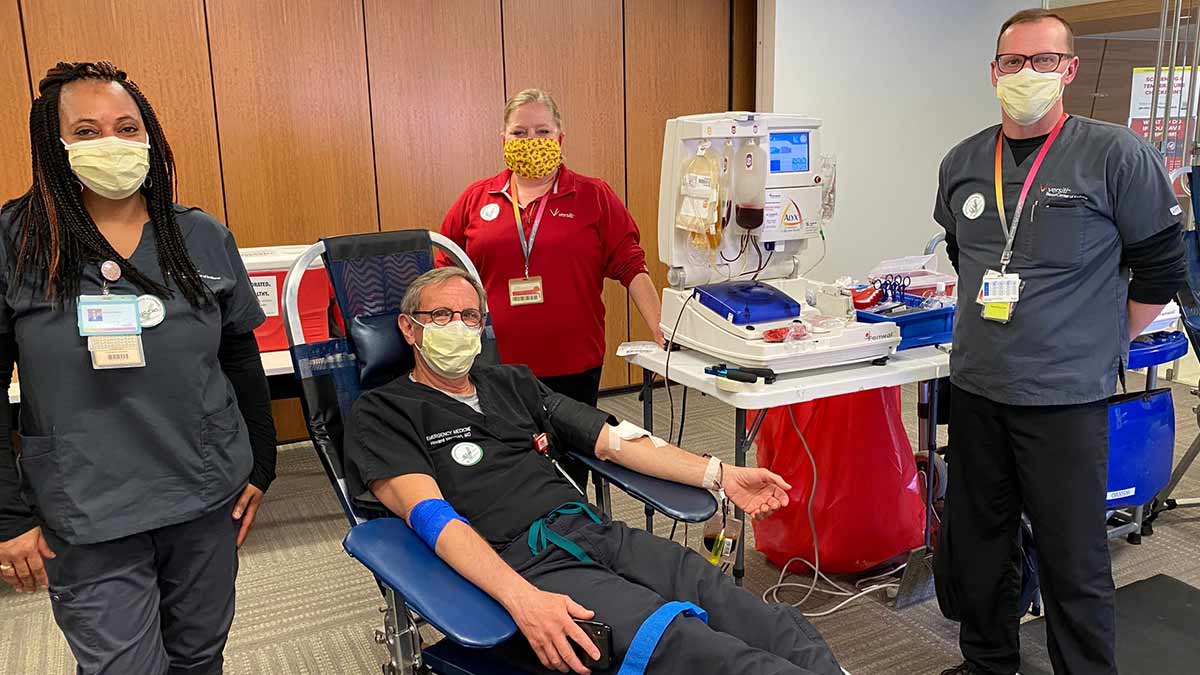Five types of disaster apps that are helpful during an emergency

In 2017, as part of Ohio Task Force 1, I traveled to Texas to serve on a search and rescue team managed by the Federal Emergency Management Agency in response to Hurricane Harvey.
The deployment gave me a new perspective on what types of apps are helpful and practical in an emergency situation. There are a lot of informative and valuable apps available but there are few key types you’re probably more likely to use during a crisis.
Some may already be on your phone, while others you’ll have to find in an app store. As you review what’s available, look at whether the app relies on internet or cellphone service because it may temporarily be unavailable in an emergency. Also check to see if it’s self-contained or if it has to communicate with a server that may go down. The important thing is to take stock of what you have on your smartphone now so you’ll be prepared when disaster strikes.
Types of apps
News and Information
When I hear about a disaster or an emergency, the first thing I do is look for information. Having some type of trustworthy news app is really important. Look for one that provides updates about local news that will impact your life and will send push notifications. In addition to a news app, there are other informative apps that are helpful. Many organizations and government agencies that assist with disaster and emergency response offer apps that monitor hazards around where you live. Simply put in your state and the apps will tell you what is active in your area.
Weather
The region of the country in which you live influences your risk of weather-related disasters such as hurricanes, flooding, tornadoes and snow storms. A good weather app can help you track weather conditions. Many send out push notifications when extreme weather conditions are forecasted in your area. Some use crowdsourcing to allow users to notify others of disasters and hazards.
Traffic
There are times when a disaster situation requires people to evacuate or it may occur when you’re away from home and you need to navigate unfamiliar roads to get to safety. This is where a traffic app can come into play. They can let you know where traffic is backed up and where accidents are located. They can also provide alternative routes if you need to navigate around a road closure. These apps either rely on crowdsourcing, live traffic data or cellphone location data to inform routes.
Communication
Communication in a disaster is really important. Social media has become a valuable piece of disaster preparedness. Some social media apps allow users to mark themselves safe to quickly reassure family and friends, or they allow you to view a list of friends who are impacted by the disaster and whether they have done the same. Social media is also a great way to get second-to-second updates on news, weather and disasters. Be sure to follow reliable sources as not all social media posts are accurate.
If you have access to wireless internet or data, you can use messaging apps to call or video chat. There are also apps for information and document sharing.
When internet networks are down, there are apps that allow users within a certain vicinity to connect their phones via Bluetooth. You can send a private message from phone to phone until it finds the intended recipient.
Family Reunification
In an emergency, families often come together to address needs and to provide comfort and support. This is especially important if you have children who may be in child care, at school or with friends when a disaster strikes. Develop a plan for how you’ll communicate if you’re separated in a disaster and establish a safe meeting place. There are apps that allow families to create a private network to check in with one another and to know each other’s locations.
Nicholas Kman is an emergency medicine physician at The Ohio State University Wexner Medical Center.




